Dear Upcoming Art III -
So glad you signed up for Art III next year! I know you probably have some mixed feelings of excitement and anxiety. Do not worry,…regardless of your skill level and goals, we will have a fun and productive year together.
Taking some time over the summer to continue thinking about and making art will best prepare you for taking Art III. Don’t think of this as a homework assignment, but more as a great opportunity to make something new, have fun and get ahead. Art III is about discovering who you are as an artist and building a portfolio that prepares you for college entrance, awards, & scholarships. Whether you plan to study art in college or not, you can use your portfolio to gain recognition, give you a creative edge, and show growth as a visual thinker/problem solver...all things that colleges and companies look for in today’s competitive visual world.
This summer I am asking you to do two things that we will share the second week back in the Fall. If you don’t accomplish them this summer, you’ll have a lot of homework to start off the year…and that’s not the point.
1. SKETCHBOOK: Use your sketchbook like an artist. Take it along on trips, journal ideas, practice drawing interesting views from observation, experiment with media, research artists, document, and record thoughts from ordinary to extraordinary. Fill 5 or more pages in your sketchbook. If you are taking Art III for AP credit, you can start thinking about a concentration theme. A concentration is a series of work that shows development and exploration on a topic that you select. Deciding where to start can be difficult and overwhelming. Use your sketchbook to brainstorm potential concentration topics and ideas within. Think of it like an author deciding on a title/topic for a book (your concentration) and the chapters (ideas for artworks) within.
2. A FINAL WORK: To keep that creative side of your brain active, make an artwork that is strong enough to be in your portfolio. This is a work of your choice. Consider using a media that you are seeking to master. Consider a traditional problem that’s solved in a new way (self-portrait, landscape, still life, figure, etc.) and shows off your technical skills. This work should be from observation. This work should be bigger than a sketchbook page (18”x 24” is great size to work). If you’re stuck over what to do, consider being inspired by artists or making a piece based upon one of your concentration ideas. Remember this will be how you introduce yourself to the class and your first impression. So show off your great ideas, strengths and talents!
If you are doing a summer art program, this will easily satisfy the requirements for the assignment. I look forward to working with you next year. Have a great summer!
~ Mr. English
http://mrenglishartroom.com
This is a long term assignment with 2 check points before the final. You will come up with your idea in your sketchbook first and then your final will be a larger artwork on a separate paper.
Thumbnails- Due Mon. 3/12
Final Sketch- Due Mon. 3/19
Finished Work- Due Tues. 4/10
For this piece you will show a deep sense of space or depth in your work. Look at the work of Edward Hopper and Andrew Wyeth to inspire you. You have the freedom to pick your subject matter as long as it meets one of these themes:
1. Figure in Space- Capture a person (or people, not your pet) in an environment that shows depth. The figure(s) can be placed anywhere in the composition (near, middle, far). Show at least 10 feet of depth.
Possible ideas: a figure asleep, a friend or family member in a posed position, people interacting or busy at work.
2. An Interior Perspective- Capture a unique perspective/point of view of an interior space. This could easily be a scene in your home, or take a risk and go somewhere else (make sure you can visit there frequently or an extended period of time to complete this). Show at least 8 ft of depth.
Possible ideas: Make an ordinary space extraordinary by seeing it in an interesting way (the bathroom, an unfinished basement or attic), your messy room, the dining room set up for a fancy dinner, the entry or view of a staircase. Doorways, windows and lighting may be key to your composition.
Materials: For this piece, you may choose watercolor, acrylics, conte or charcoal. Decide if it's best to take a risk or work with something you are comfortable with. Consider the orientation of your composition (horizontal vs. vertical). Select the right paper for the media. Regular 12" x 18" / GT 18" x 24"
Step 1: Remember, a good idea and composition are key. While it is not a requirement to have a concept, you can certainly pick a composition that has meaning. Make at least four thumbnail drawings of your ideas in your sketchbook. Your thumbnails can be all about the same theme or different themes. Make sure you are considering lighting, shadows, and space in your composition!
20 points- Due: Monday, March 12
Step 2: After talking with me, decide on an idea from your thumbnails to make into a final composition. Try to setup a good lighting arrangement for interesting shadows and contrast. Lay out your composition in pencil as a line drawing on your final paper. Be sure to include shadows (not shading) and background information.
20 points- Due: Monday, March 19
Step 3: Use your chosen media to start adding color or values. Apply what you've learned in class. Paint/shade from observation making sure to match colors correctly. For painters, try to avoid black. If you are using charcoal or conte, remember contrast through range of values. Take into consideration feedback from the critique as you finalize your work. Resolve all areas of your composition. Have your work 100% complete.
100 points- Due: Tuesday, April 10 (Day you get back from Spring Break)
Art II Mid-Term
Images and Labels must be posted by January 13!
1. Organize your Mahara E-Portfolio Page according to the template. I will be verifying that you have the following:
1. Skeleton Drawing
2. Hidden Secret Revealed Drawing
3. Reflective Object Drawing
4. Book Sculpture
5. Oil Pastel Painting
6. A minimum of 4 strong visual journal pages
2. Students must label each image with:
a. Title, Media, Size
3. Students must complete a self-reflection about their portfolio. Include specific examples from a variety of artworks along with their appropriate art vocabulary. Reflect on your work from class so far this year by answering the following questions in paragraph form:
a. How have you improved since the beginning of the year?
b. How has working at home on drawings and visual journals affected how you think about and create your artwork?
c. Which artwork reflects your best observational drawing? Why?
d. Which artwork has the best composition? Why?
e. Which media (charcoal, conte, paper, oil pastels, mixed media) were you most successful with? Why?
f. What is your most successful piece and why do you think this?
g. What piece were you most surprised about and why?
h. What piece most reflects you as an artist and why? (shows your personal aesthetics)
Due the day of the midterm. Needs to be typed.
4. This is for Art II GT only:
a. Students will be paired with a partner in order to complete the following pair critique. Include specific examples from a variety of their artworks along with appropriate art vocabulary.
i. Where do you see improvement in the artist’s creative and technical skills from the beginning of the year?
ii. What is their most successful piece and why do you think this?
iii. What suggestions do you have for this artist as they continue to create art throughout the year?
iv. What do you want to see them do more of?
Due the day of the mid-term.
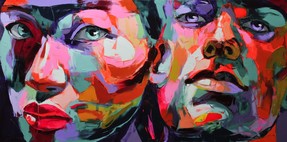 Choose an artist from the list that you and your classmates compiled under the discussion post "Color!". Look at the style, choice of color, and subject matter. You will do an original work of art (not a copy) that is directly inspired by your chosen artist's body of work.
BCR: Please write on a separate sheet of paper.
Who is the artist that inspired you? Please tell me a bit about the artist (background, history, etc)
Why did you choose that artist?
How does that artist use color?
How did you make your own work look like his/hers?
Your drawing will be done using oil pastels. (Art II GT, you can combine other mediums such as watercolor with the oil pastels).
The drawings will be 12 X 18.
This is due: January 6th and is worth 60 points.
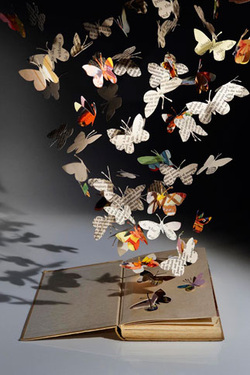 You will be making a sculpture out of the book you choose. So, the first step will be to read your book, or at least familiarize yourself with its subject.
In your sketchbooks, please answer the following questions:
1. What is the subject matter of your book?
2. How can you take that subject and create a sculpture from it?
3. Brainstorm some sculpture ideas. You can do small thumbnail drawings or simply describe your ideas in written format.
4. Look at the list of artists below. List three that inspire you. Why do they inspire you? Describe how they use paper to make their sculptures.
Due: Friday, Oct. 28
Also, I just posted a discussion topic on our group page in Mahara...It is called Annonymous Book Sculptures. Please post a response. Due: Monday, Oct 31.
Artists to Inspire You!
Find a collection of objects that have a reflective surface. Objects can be glass, metal, silver, or have a glossy finish. Examples of objects: silverware, pots & pans, tea kettle, vases, glasses, metal or glass cans/jars, tools, utensils, mirrors, keys, jewelry, and anything else that you can come up with! Look around you for interesting reflective surfaces.
Find a good place to put your objects. Consider the surface and background. You can stage it with fabric. Arrange your objects in an interesting setup. Consider overlapping, depth, height changes, a visual pathway, principles of design (movement, pattern, rhythm, balance). Next figure out a light source that you can control (flashlight, spot light, lamp, etc). Cast the light to make interesting highlights and shadows.
Consider some quick thumbnails to plan your composition in your sketchbook. I'd be happy to look at your thumbnails before you start to give you composition advice. Draw your setup to show light, reflections, and shadows. Be sure to have a strong range of values. Establish a style that shows off your mark making ability! Remember craftsmanship counts.
Art II- Minimum of three (3) objects, pencil, on 12 x 18 paper (you may do any of the GT criteria for a challenge)
Art II/GT- Minimum 5 objects, charcoal, on 18 x 24 paper.
Due Dates: I want to check your compositions before you add values. In-progress check, Monday, Oct. 17th. Final due date: Monday, Oct. 24
Want a challenge? Capture imagery in the reflections, use complex objects, more than 5 objects, add in something else, show a background that establishes space beyond the still life.
Mr. English did an excellent job of creating a page on his website on how to set-up your e-portfolio account. Click here to get to his instructions page. To get to the Mahara login page, please click here.Please use his instructions on how to: 1. Create a profile name. 2. Upload a profile picture. 3. Join RHS- Williams- Art 2 group. 4. Become my friend. 5. Post a message to me. Good Luck!
Think of something personal that you typically don’t reveal about yourself. It could be something people don’t know about you, a secret, something from the past, something you are afraid of, something you keep hidden, or a part your personality that people might not know. Put some thought into this!...You can have more than one idea if you want (it will give you options).
Next, find an object that metaphorically (not literally) represents your concept. The object must be able to fit inside your bag. Here are some examples:
1. You are OCD or a neat freak - a soap dispenser
2.You are afraid of the dark - a flashlight
In your sketchbook:
Draw your bag at an interesting angle and position. Next, draw your object at an interesting angle and position. Include basic shading and shadows. On the same page, make notes/journal about why you chose your object and its meaning. Be sure to journal in an artistic way.
Art II - This can all be done on one page.
Art II/GT - Use a separate page for your bag and object drawing.
Due: Wed. Sept. 28 (20 points)
A thumbnail sketch is an important step in preparing for a drawing and painting; think of it as a mental warm up. It is amazing how this little exercise can save you time and effort, as well as help you strengthen your work's design and composition.
Without much emphasis on details, this is like a shorthand note of the image you are going to create. The sketch can be of what you are seeing in physical reality; or it can be drawn purely from imagination. Or, it can be a combination of both.
A thumbnail sketch is a great planning tool and helps retrieve and retain your most intense impressions of your subject. It also helps you experiment with composition and format. You can figure out where to place the horizon, indicate movement and balance, or decide a vertical or horizontal direction.
This is such an important step that we are going to devote a homework assignment to it. In your sketchbook, create a series of thumbnail sketches based on interiors in your house. Find interesting compositions of furniture, architectural elements and décor. Remember, thumbnails are not final drawings. Spending a couple of minutes on each drawing should be sufficient.
Art II- 8 thumbnails (4 on a page)
Art II GT- 12 thumbnails (4 on a page)
20 points- Due Thursday, Sept. 8
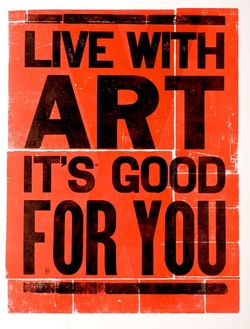 Welcome back! I am very excited to be teaching Art II this year. We are going to be exploring in depth more materials and ways to use them. There are a couple of ways that Art II is different than Art I. Firstly, we will be using easels when creating our work. That changes the dynamics of the classroom. You will be encouraged to walk around, look at one another's work, and step back from your own work. Secondly, a major difference between Art II and Art I is homework. There is a lot more homework in Art II. The homework assignments will not be small sketchbook assignments as in Art I. In Art II, the homework will be full scale artwork. You will be expected to spend a lot of time on your homework assignments. Lastly, there are two groups of students taking Art II: Regular and GT. The GT student will have slightly different requirements than the regular students for each assignment. There are a few things I need for you to do in the first week of school. 1) Have you and your parents sign the syllabus and turn it in to me.2) Although I cannot require you to buy a sketchbook, it is HIGHLY recommended. Please try and get one by September 6.3) I want to make sure that you have located this website. Please post a comment to this post and give me the following information by September 6:- Tell me your name.
- Tell me something unique about yourself. I want to know something that I won't forget about you!
- Tell me why you decided to sign up for Art II
- Tell me what is your favorite way of making art
It is important to communicate with me and your fellow classmates. Please feel free to post comments/questions at anytime regarding any post. Visual Journal assignments will be continued as well. I will be going over Visual Journals during class sometime in the beginning wePlease find below the master sheet for visual journals:
 | visual_journal_assignment.docx | | File Size: | 96 kb | | File Type: | docx |
Download File
|
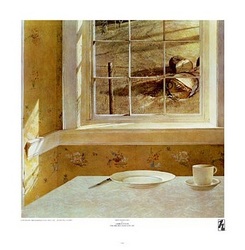
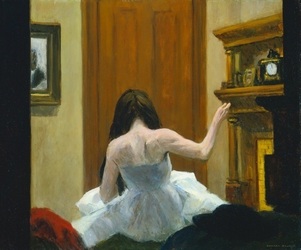
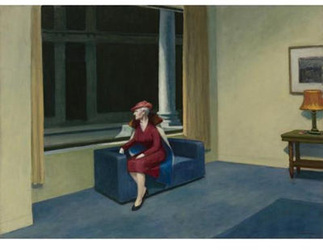
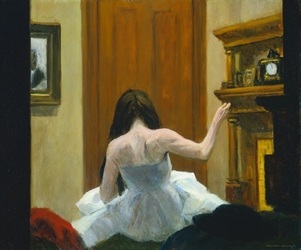
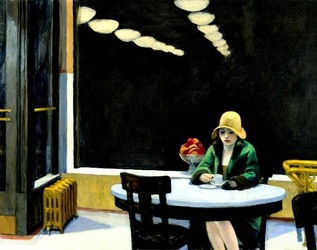
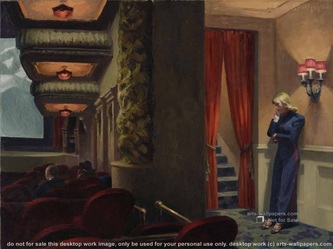
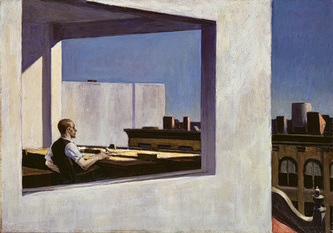
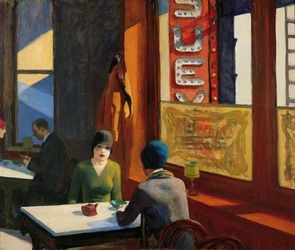
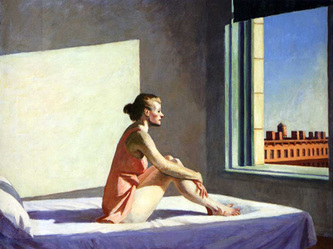

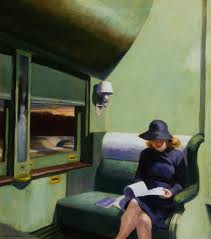
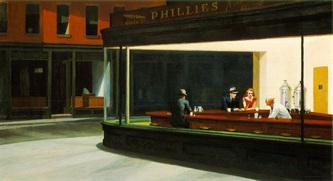
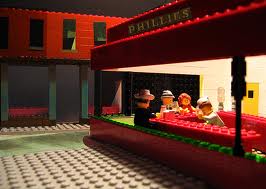
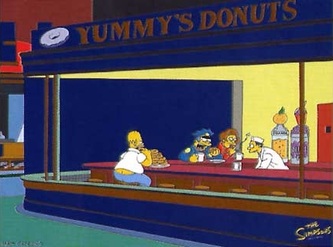
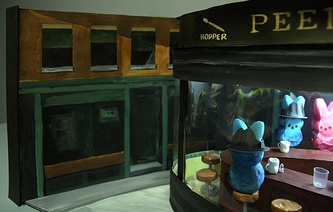
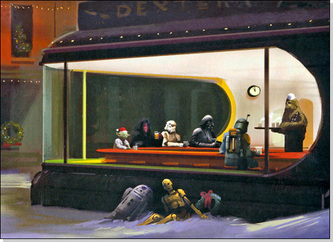
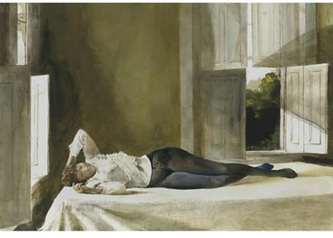
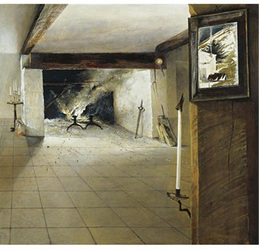
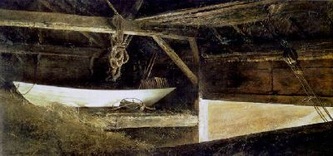
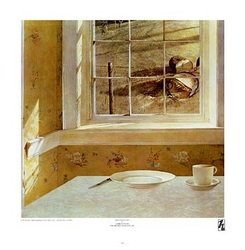
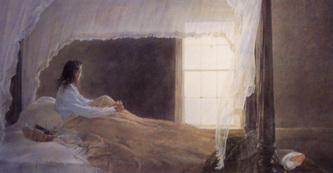
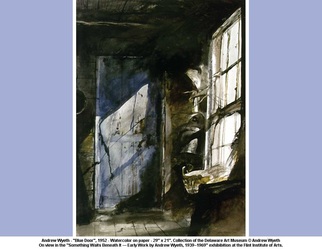
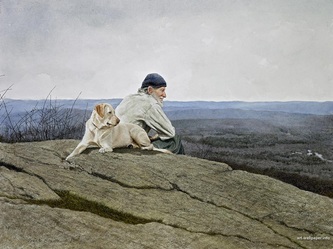
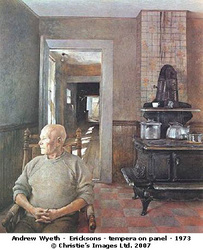
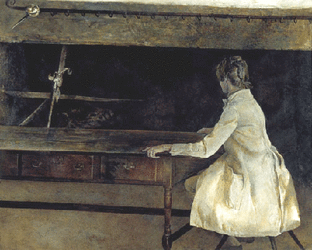
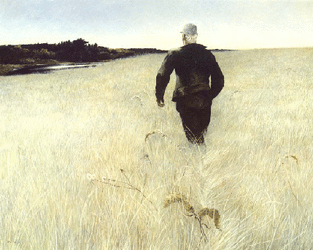
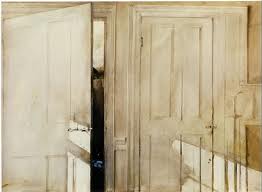
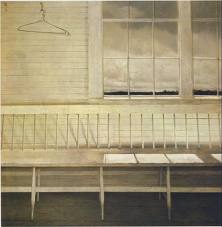
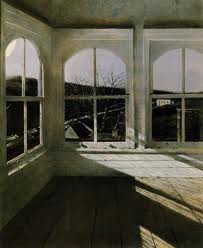
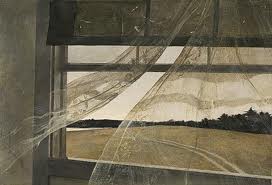
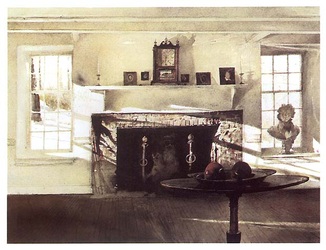
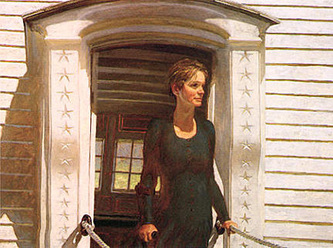
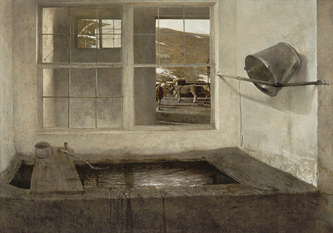
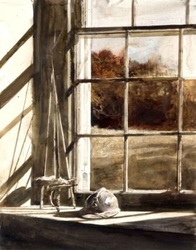
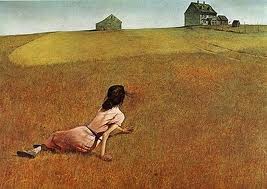


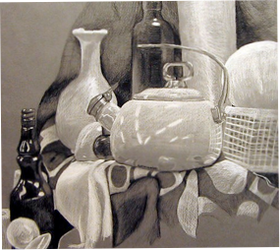
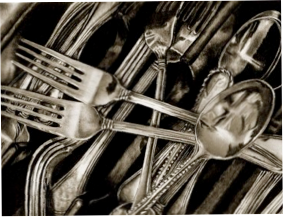
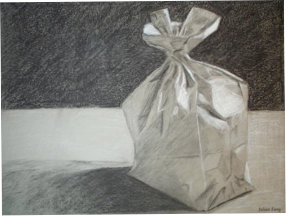
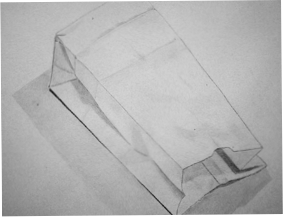

 RSS Feed
RSS Feed